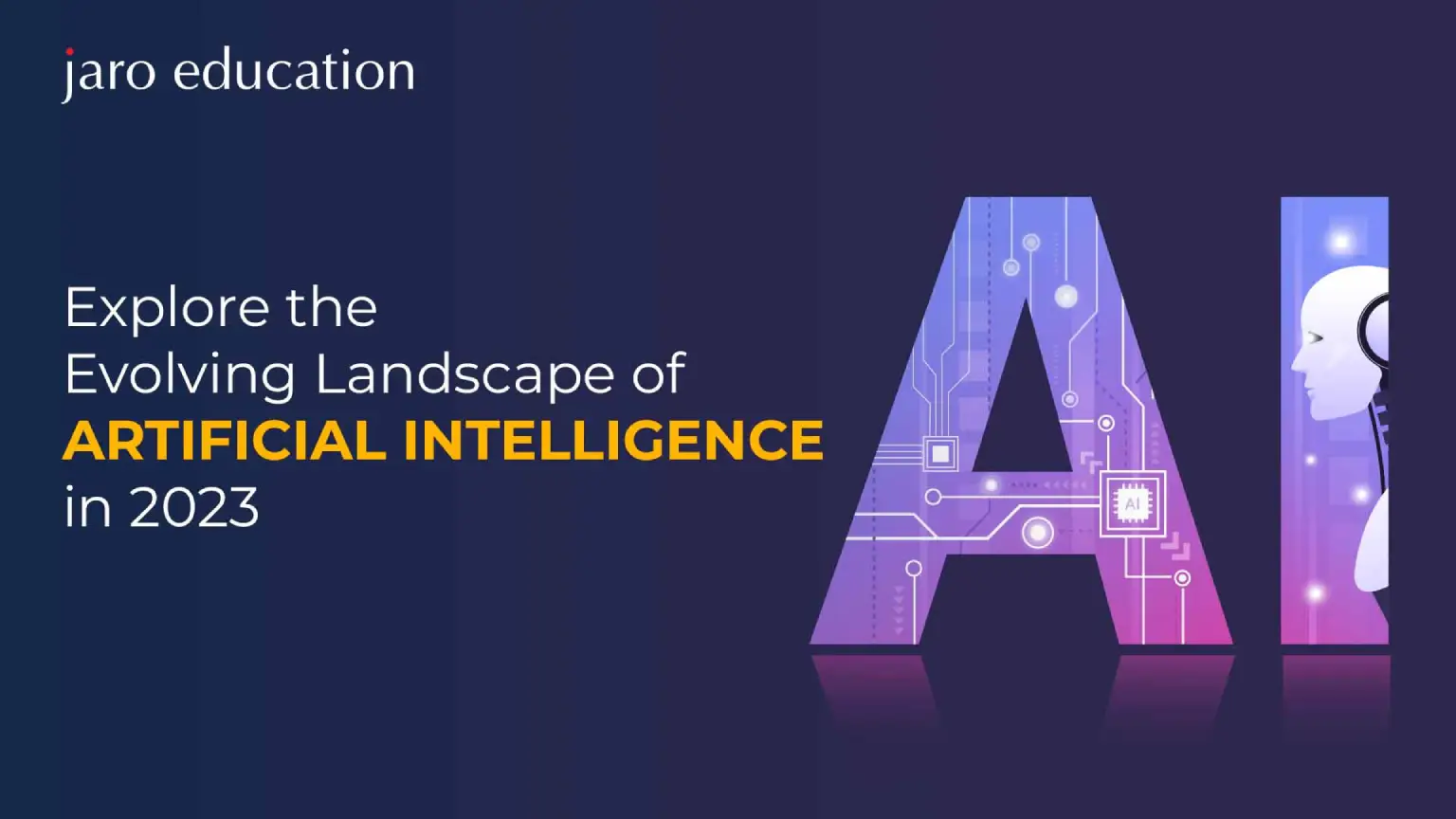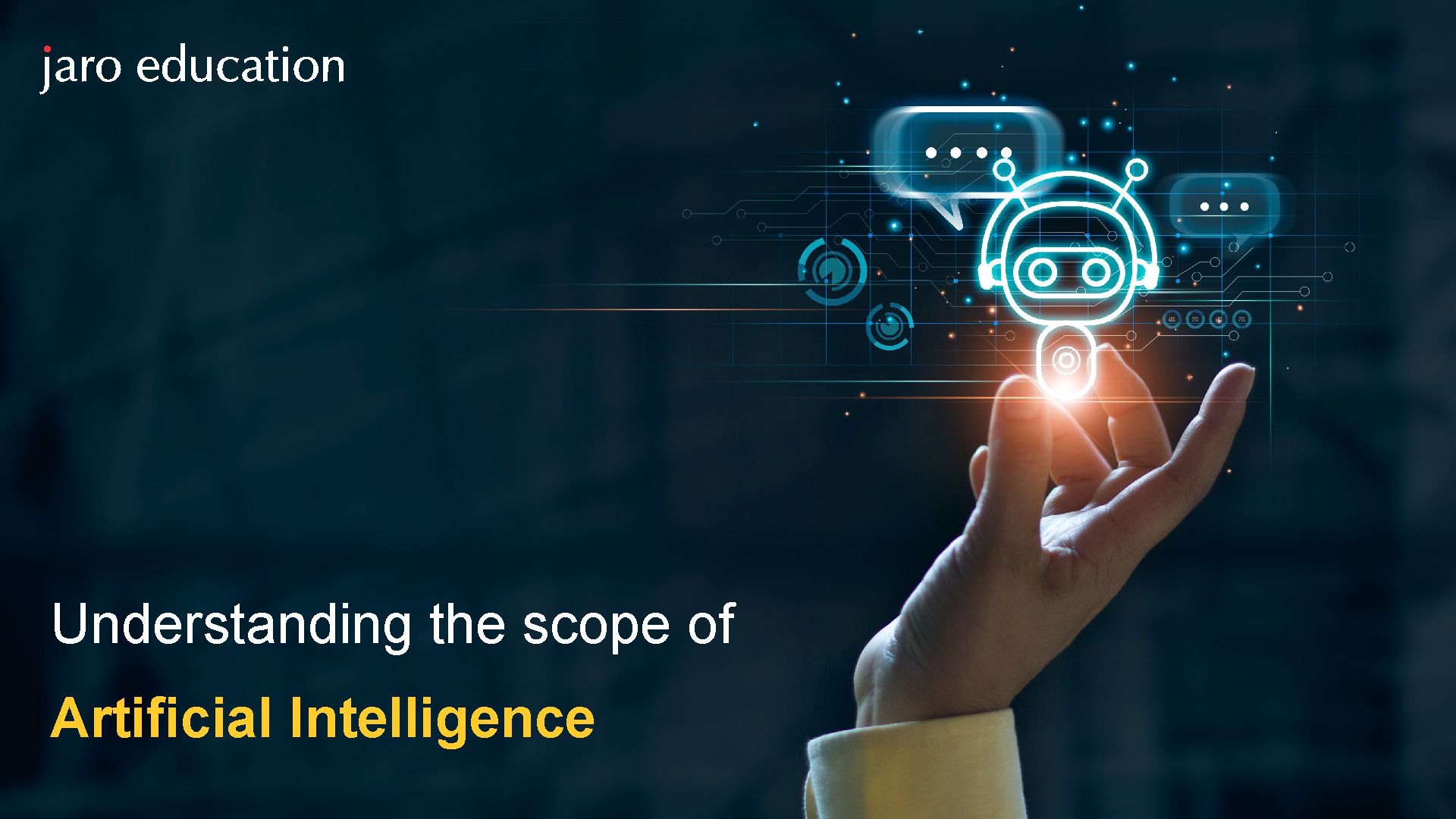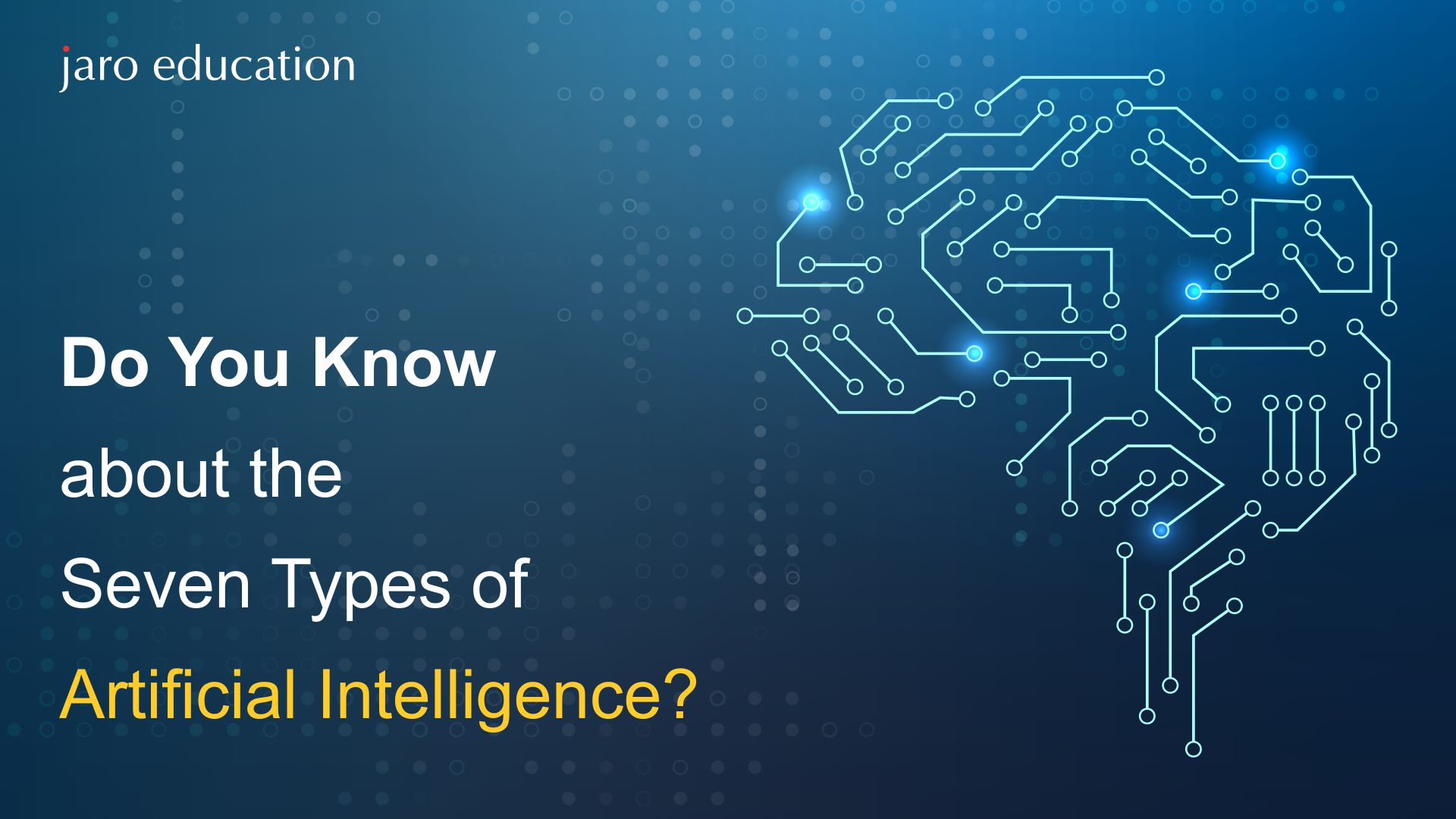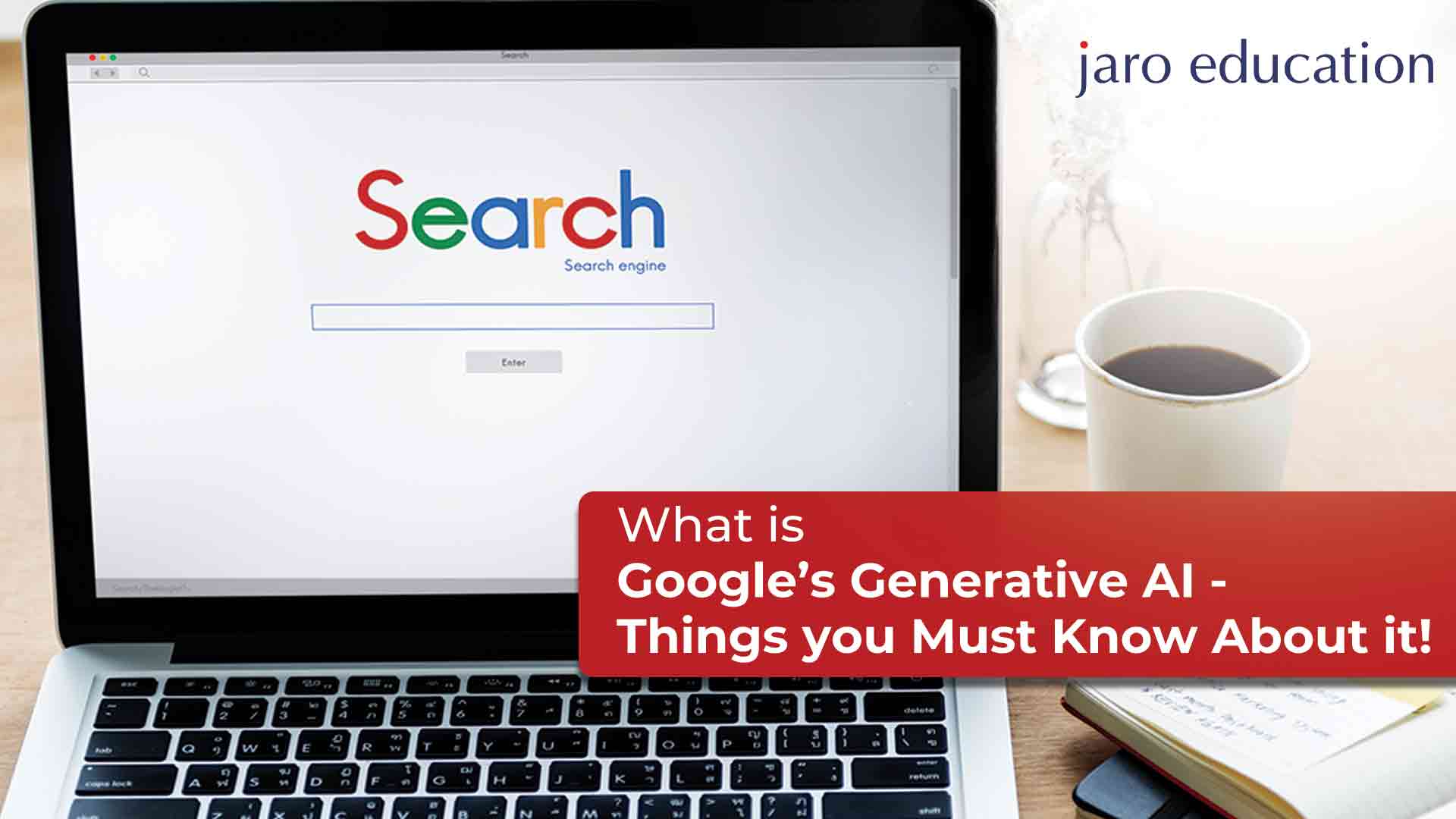
- jaro education
- 6, February 2024
- 11:00 am
Google is one of the leading companies in the field of artificial intelligence (AI), and it has been developing and applying various AI technologies to its products and services. One of the most fascinating and innovative aspects of Google’s AI is its generative AI, which is the ability to create new content, such as text, images, music, audio, and videos, using AI models.
AI is a powerful technology that can enhance marketing skills and capabilities. Marketers can use AI to create personalised and engaging content, reach and acquire new customers, manage and retain existing customers, generate insights and make decisions, automate solutions and workflows, and transform their business models and strategies.
What is Generative AI?
Generative AI focuses on generating new content or data that is not present in the original input or training data. It has models that can learn from existing data and use it to create new data that is similar or related to the original data but not identical to it. For example, a generative AI model can learn from a collection of images of faces and generate new images of faces that do not exist in the real world but look realistic and natural.
Apart from that, these models can also generate content that is different from the original data but follows some rules or constraints. For example, a generative AI model can learn from a collection of text documents and generate new ones that are coherent and meaningful but have different topics or styles.
Table of Contents
Additionally, these models can also generate content that is conditioned on some input or context. For example, a generative AI model can learn from a collection of music tracks and generate new music tracks that are influenced by some input genre or mood.
Types of Generative AI Models
Generative AI harnesses deep learning, a facet of machine learning employing layered artificial neural networks. These models adeptly learn from data, enabling them to execute diverse tasks with remarkable efficacy.
Generative AI models are a special type of deep learning model that can also generate new data or content. There are different types of generative AI models, such as:
Generative adversarial networks (GANs)
GANs are composed of two competing neural networks: a generator and a discriminator. The generator tries to create fake data that looks like real data, while the discriminator tries to distinguish between the real and fake data. The generator and the discriminator train each other in an adversarial way until they reach an equilibrium where the generator produces realistic data, and the discriminator cannot tell the difference.
Variational autoencoders (VAEs)
VAEs are composed of two connected neural networks: an encoder and a decoder. The encoder takes the real data as input and compresses it into a latent representation (a vector of numbers) that captures the essential features of the data. The decoder takes the latent representation as input and reconstructs the original data as output. The encoder and the decoder are trained together to minimise the reconstruction error and the divergence between the latent representation and a prior distribution (usually a normal distribution). VAEs can generate new data by sampling latent representations from the prior distribution and feeding them to the decoder.
Transformer models
These models are composed of multiple layers of attention mechanisms that can process sequential data, such as text or audio. Transformer models can learn long-term dependencies and complex relationships between the elements of the sequence. Transformer models can generate new sequences by predicting the next element given the previous elements or by conditioning on some input sequence.
What are the Applications of Generative AI?
Generative AI has many potential applications, such as:
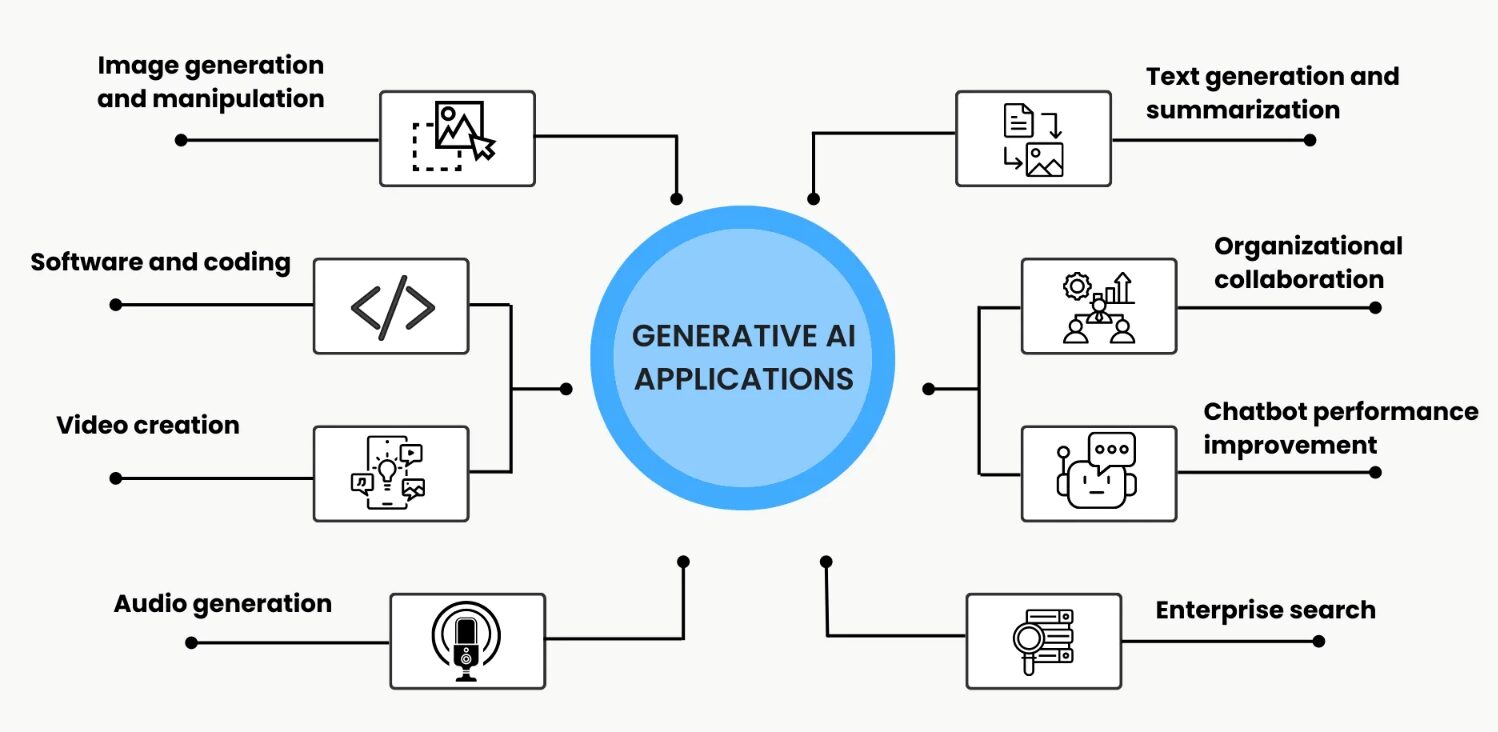
*turing.com
Enhances customer interactions
Generative AI can improve customer interactions by creating personalised content, such as product recommendations, advertisements, emails, chatbot responses, etc., based on customer preferences, behaviour, feedback, and other factors.
Collects data insights
You can discover insights from data by creating summaries, visualisations, reports, dashboards, etc. using generative AI, based on data analysis, trends, patterns, and anomalies.
Helps in information synthesis
By utilising generative AI, one can synthesise information from multiple sources by creating comprehensive content, such as articles, essays, reviews, and summaries, according to keywords, topics, and queries.
Aids in solution automation
With the help of generative AI you can automate solutions by creating code, scripts, workflows, diagrams, and others., as per specifications, requirements, instructions, etc.
If you want to learn more about the applications of generative AI, you must take up the Executive Programme in Marktech and AI Driven Marketing offered by IIM Indore in collaboration with Jaro Education. This is a 12-month course that would equip you to use Marktech and AI tools to optimise your marketing strategies by covering various topics related to Marktech and AI applications in marketing and includes a 3-day on-campus module at IIM Indore. To enquire further, contact Jaro Education.
Examples of Google Generative AI Products and Experiments
Google has been developing and applying generative AI technologies to its products and services for various purposes. Some examples of Google generative AI products and experiments are:
Bard
Bard is an AI-powered creative and helpful collaborator who can help users generate text, images, code, and more. Bard uses foundation models, which are large AI models that can perform multiple tasks and adapt to different domains with minimal training. This AI tool can understand natural language queries and generate relevant content based on the user’s intent and context and also provides feedback, suggestions, and explanations to help users improve their content.
MakerSuite & PaLM API
MakerSuite is a tool that empowers developers to be more productive and creative with large language models. It allows developers to access, explore, and use large language models, such as GPT-3, for various tasks, like text generation, text analysis, text summarisation, text translation, etc.
Palm API allows developers to use big language models for creating code from natural language descriptions, a process known as program synthesis. Also, this tool can be used to generate code for various programming languages, such as Python, Java, SQL, etc., based on natural language queries or descriptions.
Studio Bot
Studio Bot is an AI-powered coding assistant that can help Android developers with questions, code errors, and code snippets. It uses a large language model trained on millions of lines of Android code and documentation to provide relevant and accurate answers and solutions to developers and can also generate code snippets based on natural language queries or specifications.
What are the Future Trends and Directions of Generative AI?
Generative AI is a rapidly evolving field that has many exciting trends and directions for the future. Some of the future trends and directions of generative AI are:
Multimodal generation
It is the ability to generate content that involves multiple modalities, such as text, images, audio, video, etc., in a coherent and consistent way. For example, a multimodal generative AI model can generate a video clip based on a text description or a caption based on an image.
Interactive generation
Interactive generation is the ability to generate content that is responsive and adaptive to user input or feedback. For example, an interactive generative AI model can generate a story based on user choices or preferences or a music track based on user mood or genre.
Collaborative generation
Collaborative generation is the ability to generate content that is co-created by multiple agents or participants. For example, a collaborative generative AI model can generate a poem based on input from multiple users or a game level based on input from multiple players.
Creative generation
Creative generation is the ability to generate content that is novel, original, and surprising. For example, a creative, generative AI model can generate a new artwork based on a given style or theme or a new invention based on a given problem or need.
Conclusion
To sum up, Google’s Generative AI is a cutting-edge technology with transformative capabilities. Built on deep learning and intricate neural networks, it revolutionizes diverse fields, from art to language. This advancement signals a new era in technology, promising unparalleled creativity and problem-solving potential. As we explore further, the future of artificial intelligence appears bright with the possibilities opened up by Google’s Generative AI.
If you want to learn more about how to use technology and AI effectively in the field of marketing, consider enrolling in the Executive Programme in Marktech and AI Driven Marketing – IIM Indore. This is a 12-month online course that will help you elevate your marketing skills by teaching you how to use Marktech and AI tools to optimise your marketing strategies. Enroll now!

